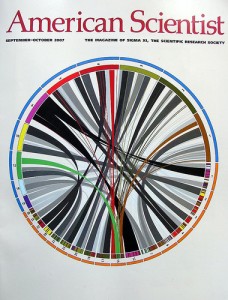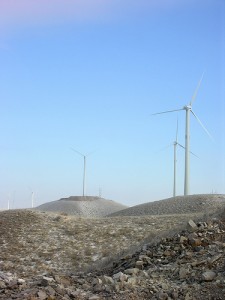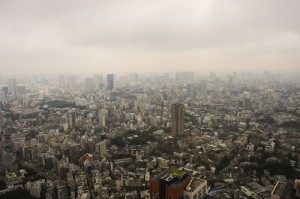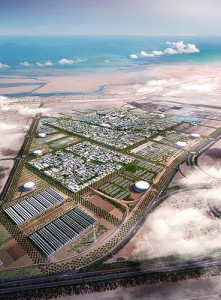 This past Sunday, August 9th, 24 Community members traveled door to door in the Riverside neighborhood of Cambridge distributing free energy efficient compact fluorescent light (CFL) bulbs and efficiency resources to hundreds of homes. These volunteers exchanged a total of Four hundred and forty-two CFL bulbs over the course of four hours, the equivalent of saving 132,000 pounds of carbon dioxide emissions from being emitted into the atmosphere per year. A great Success!
This past Sunday, August 9th, 24 Community members traveled door to door in the Riverside neighborhood of Cambridge distributing free energy efficient compact fluorescent light (CFL) bulbs and efficiency resources to hundreds of homes. These volunteers exchanged a total of Four hundred and forty-two CFL bulbs over the course of four hours, the equivalent of saving 132,000 pounds of carbon dioxide emissions from being emitted into the atmosphere per year. A great Success!
This community event, organized by the Cambridge Energy Alliance (CEA) and the Home Energy Efficiency Team (HEET) , was held in order to help residents lower their home energy consumption and cut carbon emissions in Cambridge. The HEET organization regularly participates in community barn raising events to help Cambridge residents lower their carbon footprint by implementing efficiency measures in homes with support from volunteers and this Riverside light bulb exchange is a continuation of CEA’s summer canvass program, connecting Cambridge residents to efficiency programs and services. The benefits of this light bulb exchange will stretch further than helping to save the earth- it will help residents save money on their energy bills as well! If a resident were to exchange 20 light bulbs in their home it would save approximately $1,200 dollars over the life span of the bulbs.
The event would not have been possible without the generous donation of the CFL bulbs by TCP, Inc. Metro Pedal Power , a local company that provides delivery services using human powered vehicles, provided for the carbon-free delivery for the CFLs to the Cambridge Community Center, making the light bulb exchange a completely carbon free event! And of course, the event’s success is owed to all of the Cambridge volunteers as well, who donated their time on an extremely hot Sunday to help their neighbors. Volunteers ranged all different ages and canvassing experience levels, and after the canvass, a community party was held at the Cambridge Community Center where they celebrated their outreach efforts together. Among the volunteers were Leland Cheung , and Minka vanBeuzekom , both of whom will be running for Cambridge City Council this coming Fall.

 Cambridge born and raised, 19 year old Lily Saporta-Tagiuri was awarded a Fulbright scholarship this summer to study and conduct research in China. Her project focuses on the Chinese awareness of the environmental repercussions that come along with modernization. After several years of studying the language, Lily was able to conduct her research in mandarin, and wrote her final paper in Chinese characters. She is currently in the process of translating her work into English. I had the pleasure of speaking with Lily about her research experience. Below is a short interview:
Cambridge born and raised, 19 year old Lily Saporta-Tagiuri was awarded a Fulbright scholarship this summer to study and conduct research in China. Her project focuses on the Chinese awareness of the environmental repercussions that come along with modernization. After several years of studying the language, Lily was able to conduct her research in mandarin, and wrote her final paper in Chinese characters. She is currently in the process of translating her work into English. I had the pleasure of speaking with Lily about her research experience. Below is a short interview: During the past couple of years, colleges have undertaken a variety of initiatives to promote sustainability on their campuses. Selling local produce and other foods in campus cafes, providing free CFLs, and the option to purchase green energy to power dormitory rooms are just a few examples of the ways in which colleges have sought to be greener. However perhaps the fast growing trend on college campuses is the banishment of the humble food tray, or trayless dining. Now, instead of providing trays for students to load with plates, glasses, and silverware, many cafeterias have done away with the large plastic slabs. Trayless dining discourages food waste, conserves water, and decreases energy use while saving colleges money.
During the past couple of years, colleges have undertaken a variety of initiatives to promote sustainability on their campuses. Selling local produce and other foods in campus cafes, providing free CFLs, and the option to purchase green energy to power dormitory rooms are just a few examples of the ways in which colleges have sought to be greener. However perhaps the fast growing trend on college campuses is the banishment of the humble food tray, or trayless dining. Now, instead of providing trays for students to load with plates, glasses, and silverware, many cafeterias have done away with the large plastic slabs. Trayless dining discourages food waste, conserves water, and decreases energy use while saving colleges money. Only
Only 
 As it becomes increasingly more clear that the future of energy usage lies in sustainable technologies, countries all over the world have been trying to get a leg in the front door. Lately, China has been on a roll with it’s
As it becomes increasingly more clear that the future of energy usage lies in sustainable technologies, countries all over the world have been trying to get a leg in the front door. Lately, China has been on a roll with it’s  This past Saturday was
This past Saturday was  This June, in Cambridge, Massachusetts, we experienced one of the worst, wettest, stretches of
This June, in Cambridge, Massachusetts, we experienced one of the worst, wettest, stretches of 
